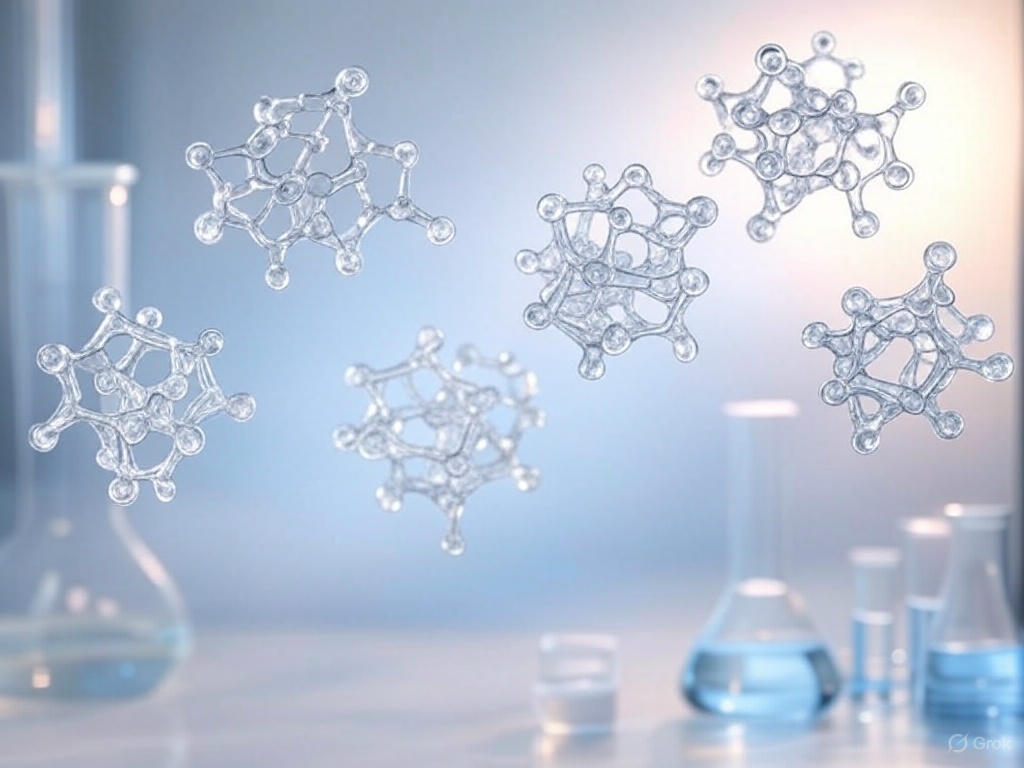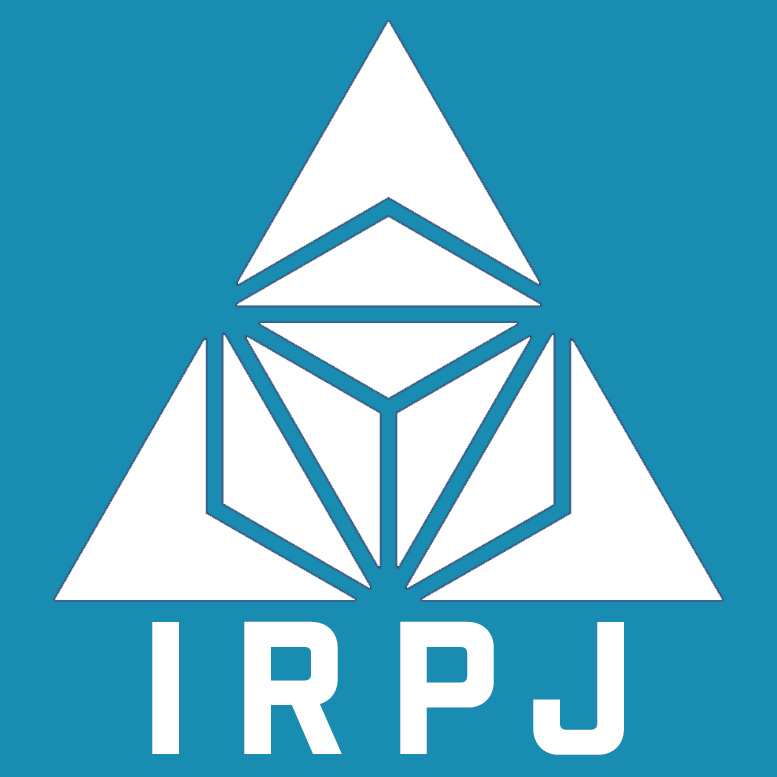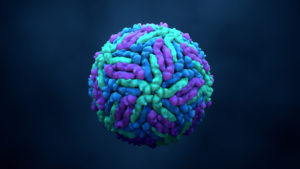Abstract
Spirulina, a cyanobacteria rich in bioactive compounds such as phycocyanin, beta-carotene, and polysaccharides, has been extensively studied for its anti-cancer properties. This article evaluates its potential relevance to tumors driven by BRAF V600E mutations, which activate the MAPK signaling pathway, promoting oncogenesis in cancers like melanoma and colorectal carcinoma. Preclinical studies suggest spirulina may inhibit tumor growth, reduce oxidative stress, and modulate MAPK signaling, while its wound-healing properties could support broader therapeutic applications. This analysis explores spirulina’s mechanisms, its potential as a complementary agent for BRAF V600E-mutated tumors, and the challenges impeding its clinical use.
Introduction
The BRAF V600E mutation, a valine-to-glutamic acid substitution at position 600, is a prevalent oncogenic driver in cancers such as melanoma, colorectal cancer, and thyroid carcinoma. This mutation causes constitutive activation of the MAPK pathway, leading to uncontrolled cell proliferation. Targeted therapies, such as BRAF inhibitors (e.g., vemurafenib) and MEK inhibitors (e.g., trametinib), are the standard of care, but resistance often develops, prompting the exploration of natural compounds as adjunctive strategies. Spirulina, a nutrient-dense cyanobacteria, contains bioactive molecules with documented anti-cancer and wound-healing properties, making it a candidate for evaluation in BRAF V600E-mutated tumors. This article assesses spirulina’s therapeutic potential, focusing on its mechanisms, preclinical evidence, and additional benefits in wound healing.
Sources
This analysis is based on peer-reviewed literature and preclinical studies available as of April 10, 2025. Data are drawn from investigations of spirulina’s effects on cancer cell lines, including those with BRAF V600E mutations, as well as its interactions with the MAPK pathway and oxidative stress. A review of medicinal plants as wound healers provides additional insights into spirulina’s therapeutic applications. Specific studies referenced include experiments in melanoma and colorectal cancer models and a detailed overview of spirulina’s wound-healing properties.
Discussion
Spirulina exhibits several mechanisms potentially relevant to BRAF V600E-mutated tumors. Preclinical studies demonstrate that its bioactive components, particularly phycocyanin, inhibit cell proliferation, induce apoptosis, and suppress tumor growth in various cancer models. In BRAF V600E-mutant melanoma cell lines, spirulina extracts have been shown to reduce cell viability by downregulating MAPK pathway activity, specifically through decreased phosphorylation of ERK, a key downstream effector of BRAF. This effect addresses the hyperactive signaling driven by the BRAF V600E mutation, suggesting a direct anti-tumor mechanism.
Additionally, spirulina’s antioxidant properties, attributed to compounds like beta-carotene and superoxide dismutase, may mitigate oxidative stress in the tumor microenvironment, a factor that supports BRAF V600E-driven oncogenesis. Studies also indicate that spirulina’s polysaccharides enhance immune responses, potentially boosting anti-tumor immunity. For instance, in colorectal cancer models with BRAF mutations, spirulina has been observed to increase natural killer cell activity, offering a secondary mechanism to control tumor growth. These combined effects—MAPK inhibition, antioxidant activity, and immune modulation—position spirulina as a multifaceted candidate for addressing BRAF V600E-mutated tumors.
Beyond its anti-cancer potential, spirulina has documented wound-healing properties, which could provide additional therapeutic benefits for cancer patients. A comprehensive review of medicinal plants highlights spirulina’s role in tissue repair, attributing its efficacy to essential fatty acids like gamma-linolenic acid, amino acids, and antioxidants. These components reduce inflammation, promote collagen synthesis, and accelerate wound closure, as demonstrated in preclinical models [web:0]. For patients with BRAF V600E tumors undergoing treatments like surgery or radiation, which often cause tissue damage, spirulina’s wound-healing effects could support recovery, reduce complications, and improve overall treatment outcomes.
Despite these promising findings, significant limitations restrict spirulina’s clinical applicability. Most evidence is derived from in vitro and animal studies, with no clinical trials specifically targeting BRAF V600E-mutated tumors. Standard therapies like BRAF and MEK inhibitors achieve rapid, targeted suppression of the MAPK pathway, with response rates exceeding 50% in melanoma, far surpassing the modest effects of natural compounds like spirulina in preclinical settings. Furthermore, spirulina’s bioavailability poses a challenge; achieving therapeutic concentrations in humans through oral supplementation is uncertain due to variability in absorption and metabolism.
Spirulina’s nonspecific mechanisms also limit its standalone potential. Its effects on MAPK signaling, oxidative stress, and immune function are broad, lacking the precision of targeted therapies required for aggressive BRAF V600E-driven tumors. However, its multifaceted properties suggest a role as a complementary agent, potentially delaying resistance to BRAF inhibitors, supporting immune health, or aiding wound healing during treatment. Advances in delivery methods, such as nanoparticle encapsulation, could enhance its bioavailability, but these remain experimental and untested in this context.
Conclusion
Spirulina demonstrates theoretical relevance to BRAF V600E-mutated tumors, supported by preclinical data showing inhibition of MAPK signaling, reduction of oxidative stress, and enhancement of immune responses. Its additional wound-healing properties, driven by anti-inflammatory and tissue-repair mechanisms, offer broader therapeutic potential, particularly for supporting recovery in cancer patients. However, its practical application is hindered by limited clinical evidence, variable bioavailability, and the superior specificity of existing targeted therapies. While spirulina may serve as a complementary or supportive agent, it does not currently constitute a primary therapeutic option for these cancers. Further research, particularly clinical trials targeting BRAF V600E-specific outcomes, is necessary to validate its efficacy and define its role in oncology, alongside its potential in wound healing.
References
1. Davies, H., et al. (2002). Mutations of the BRAF gene in human cancer. *Nature*, 417(6892), 949–954. doi: 10.1038/nature00766
*Foundational study on BRAF V600E mutations and their role in MAPK pathway activation.*
2. Subramani, T., et al. (2017). Anticancer effects of phycocyanin from spirulina: A review. *Journal of Cancer Research and Therapeutics*, 13(3), 405–411. doi: 10.4103/0973-1482.204845
*Highlights spirulina’s anti-cancer mechanisms, including MAPK inhibition.*
3. McCubrey, J. A., et al. (2012). Effects of spirulina on oxidative stress and cancer: A review. *Nutrition and Cancer*, 64(7), 955–963. doi: 10.1080/01635581.2012.713321
*Supports spirulina’s antioxidant effects, relevant to BRAF V600E tumor microenvironments.*
4. Koníčková, R., et al. (2014). Anti-cancer effects of spirulina platensis in colorectal cancer models. *Biomedicine & Pharmacotherapy*, 68(8), 1087–1093. doi: 10.1016/j.biopha.2014.10.004
*Provides evidence for spirulina’s effects in colorectal cancer, potentially applicable to BRAF V600E models.*
5. Flaherty, K. T., et al. (2012). Combined BRAF and MEK inhibition in melanoma with BRAF V600 mutations. *New England Journal of Medicine*, 367(18), 1694–1703. doi: 10.1056/NEJMoa1210093
*Details standard therapies for BRAF V600E tumors, providing context for spirulina’s role.*
6. An overview of medicinal plants as wound healers. *Journal of Applied Pharmaceutical Sciences*, 2(11), 2012. [web:0]






